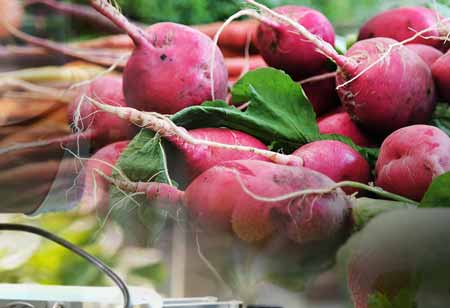THANK YOU FOR SUBSCRIBING
Be first to read the latest tech news, Industry Leader's Insights, and CIO interviews of medium and large enterprises exclusively from Food and Beverage Tech Review
What Lesson did the Beverage Industry Learn from Pandemic
COVID-19 has had a major influence on the beverage business, with items flying off the shelves, supply chain issues, and changes in customer

By
Food and Beverages Tech Review | Saturday, January 08, 2022
Stay ahead of the industry with exclusive feature stories on the top companies, expert insights and the latest news delivered straight to your inbox. Subscribe today.
COVID-19 compelled the beverage sector to innovate and evolve, assisting in repairing systemic flaws that had been ignored for far too long
Fremont, CA: COVID-19 has had a major influence on the beverage business, with items flying off the shelves, supply chain issues, and changes in customer behaviour among the results. As humans continue to confront an uncertain future, there are a few lessons the beverage industry should take away to guarantee that they adapt this year and beyond.
Raw materials have been moving swiftly through the supply system, which is already overburdened, and we've seen unprecedented shortages. Although some are engineered, most raw materials are procured, cultivated, and collected through contracts.
While some restaurants are already offering takeout, others are still closed. Beverage businesses and vendors will have to work together in 2022 to find a way to get around this and transfer volumes to food service and retail. Consumers were sent on a treasure hunt to find products while suppliers and manufacturers worked to keep things moving. This resulted in a shift in shopping habits and an increase in e-commerce. Customers wanted to splurge on rich coffees, as well as keto and smart beverages. Consumers were spending money on pricey delicacies and pick-me-ups to assist re-anchor their psyche and emotions so they could stay at home and feel good. As they tried to retain a sense of normalcy, they still craved their usual protein shakes.
As retailers change their focus away from shelf resets and new items, several start-up beverage companies are investing in direct-to-consumer solutions to reach consumers. They established online purchasing and ordering procedures, which accelerated in 2020, despite being a possibility previous to COVID. Furthermore, curbside pickup at stores and restaurants is convenient and helps to reduce foot traffic. This trend is projected to continue.
Ciders and sparkling cocktails have taken over shelf space previously occupied by beers. Those two categories have exploded in popularity over the last two years. Beverage shelf life is a hard topic, but we are witnessing innovation and a shift toward beverages with longer shelf lives. This will enable them to withstand purchase waves better, giving shops more time to turn inventory.
The sparkling water market is still huge, as it always is, but older companies are fighting to stay relevant. Sweet juices, as well as orange and cranberry juices, are not consumed by consumers. Many businesses are revising their menus and removing sugar-laden items in order to go more natural. Teams are trying to supply what the market wants, and innovation is resuming.
I agree We use cookies on this website to enhance your user experience. By clicking any link on this page you are giving your consent for us to set cookies. More info







